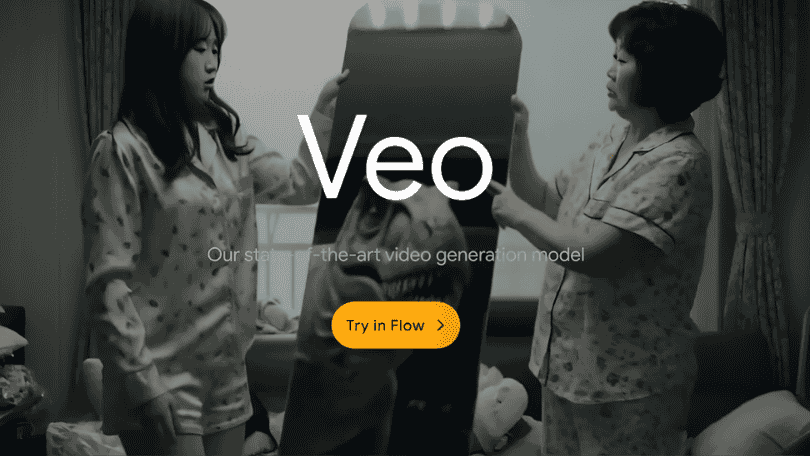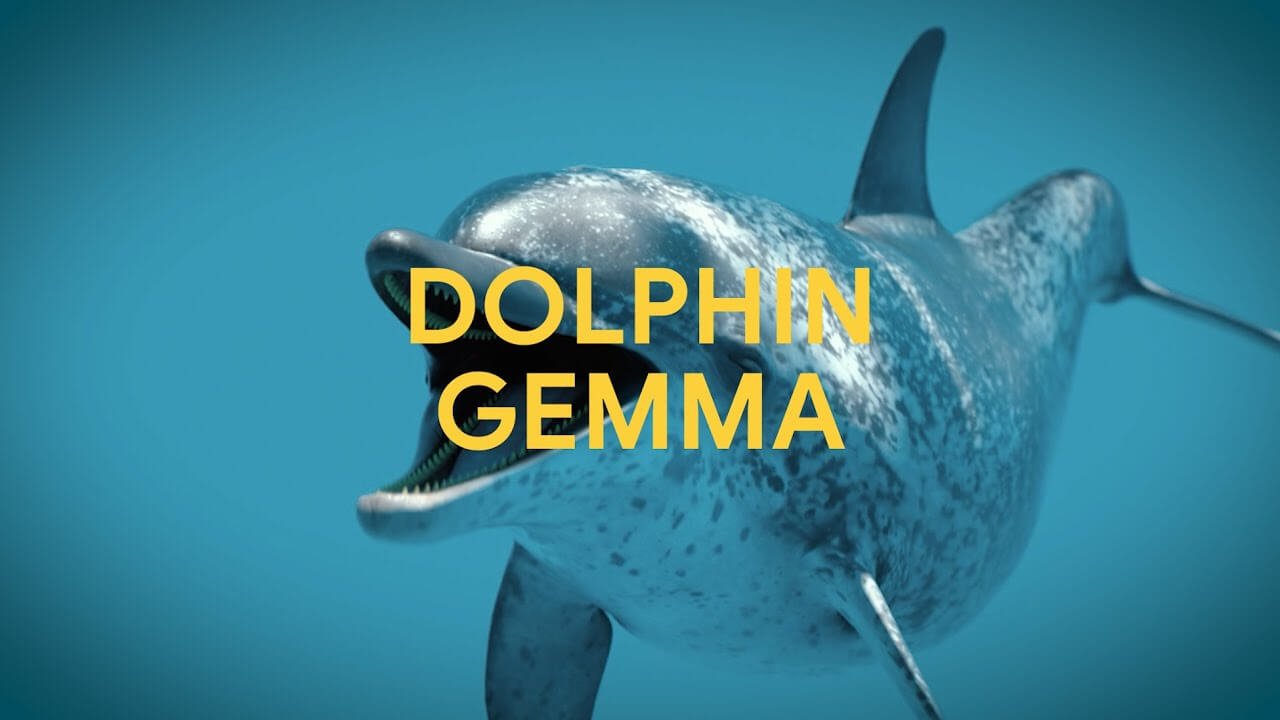Google has made a major push into AI-powered video generation with its new release, Veo 3, adding realistic audio generation capabilities to a tool that doesn’t just create videos, but adds realistic audio as well.
Most AI-based systems for video generation have been about generating visual content, but Google has gone a step further by also adding sound. Veo 3 can easily create dialogues, atmospheric sounds and can even produce animal noises providing a more realistic and immersive feeling in the video. This update will make Google a direct rival to OpenAI’s Sora however, Veo 3’s audio skills give it a clear advantage.
So, what’s new with Veo 3?
Veo 3 is made to transform text or image prompts into dynamic, audio-enabled videos. Whether its a character talking, background chatter or real sound effects such as birds tweeting Veo 3 crosses sound and vision in a natural way. And, Google claims it can even accurately simulate real-world physics and lip-syncing.
Makes it a powerful tool not just for AI developers but anyone wanting to create creative videos fast with minimal effort: think filmmakers, advertisers, educators, and content creators.
Who is eligible and how much does it cost?
Veo 3 is currently U.S.-only, for subscribers to Google’s new Ultra Plan, which costs $249.99 per month. This top echelon is for those serious AI enthusiasts and developers that want the best tools available.
The tool is also available on Vertex AI, Google’s enterprise-level AI platform, so large corporations and startups can embed it in their own workflows.
But that’s not all: Google also introduced other AI tools:
- Imagen 4: A huge leap forward for Google’s image-generating tech. Now it produces even better quality images from just a few simple prompts.
- Flow: A new tool for filmmakers that allows them to describe a scene as if it were a location, shot angle or mood and it kneads that cinematic description to life.
- Lyria 2: Google’s music-generation model is available now to YouTube Shorts creators and businesses who use Vertex AI.
These tools are part of a broader push by Google to dominate generative AI. As the demand for visuals, sound, and dynamic content continues to grow, AI tools such as Veo 3 are needful for creators, and firms.
Why does this launch matter?
The production of AI-generated content has been progressing from text generation to image generation, and now towards audio-visual storytelling. With tools like Veo 3, creators not only create content but direct it. But the ability to generate short films, ads or educational content with only a prompt is starting to change the way content is made.
Then, as organizations like Google, OpenAI, and others jockey for supremacy in the space, the quality and robustness of these tools will only improve and accelerate.
Final Thoughts
Google’s Veo 3 is much more than another AI tool. It’s a strong claim that the future of content creation is artificial intelligence-driven storytelling. Capable of syncing lip movements, mimicking real-life physics, and producing high-quality audio from text prompts the bar has been raised.
Veo 3 is proof that whether you are a creator, developer or simply an AI enthusiast, the gap between imagination and realization is shrinking at record speed, and all you need is the right prompt.
Quick Highlights:
- Veo 3 is able to produce both video and audio, including speech.
- Available in the U.S. on Google’s Ultra Plan ($249.99/month).
- Directly competes to OpenAI’s Sora, but significantly upgrades the input with sound.
- Also on Vertex AI for enterprise customers.
- Announced with Imagen 4 (image generation) and Flow (AI filmmaking tool).
- Represents a big step towards AI-powered, multimodal content creation.


